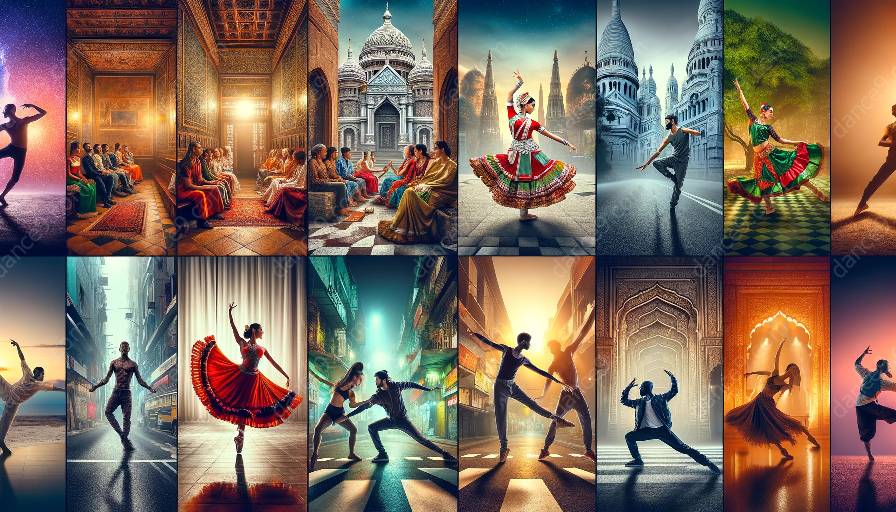Choreographing for diverse abilities in dance requires thoughtful consideration of ethical implications and inclusivity. This topic is crucial in order to create a supportive environment for all performers, regardless of their abilities. In this article, we'll explore the various ethical considerations involved in choreographing for divergent abilities across different types of dance, while promoting a respectful and inclusive approach.
Understanding Divergent Abilities in Dance
Dance is a form of art and expression that should be accessible to everyone, regardless of their physical or cognitive abilities. Divergent abilities encompass a wide range of conditions, including physical disabilities, neurodiversity, and differences in mobility or sensory perception. It's essential to recognize and honor the diverse capabilities within the dance community, allowing for creative expression and participation.
Respect and Dignity for Performers
When choreographing for divergent abilities, it's crucial to prioritize the respect and dignity of all performers. This involves creating an environment where each individual feels valued and supported, without stigmatization or discrimination. Dance should serve as a platform for empowerment and self-expression, regardless of the performers' abilities.
Inclusivity in Choreography
Embracing inclusivity in choreography means considering the range of abilities and adapting movements and routines accordingly. It requires choreographers to be mindful of physical and cognitive variations, and to create dance sequences that are accessible and enjoyable for all participants. By designing inclusive choreography, dancers with divergent abilities can fully engage and contribute to the artistic process.
Educational and Collaborative Approach
Choreographers and dance educators should adopt an educational and collaborative approach when working with performers of divergent abilities. This involves providing appropriate training and resources, as well as fostering open communication and feedback. By cultivating a culture of learning and collaboration, dancers with diverse abilities can thrive and contribute their unique perspectives to the creative process.
Empowerment and Representation
Choreographing for divergent abilities offers an opportunity to empower and elevate the voices of individuals who are often underrepresented in the dance community. By showcasing the talents and creativity of performers with diverse abilities, choreographers can contribute to a more inclusive and equitable dance landscape. It's important to celebrate the diversity within the dance community and create platforms for all individuals to shine.
Conclusion
Choreographing for divergent abilities in dance demands a conscious and considerate approach that prioritizes ethical considerations and inclusivity. By embracing respect, inclusivity, collaboration, and empowerment, choreographers can create a supportive environment where performers of all abilities can thrive. This approach not only benefits the individual performers, but also enriches the artistic and cultural impact of dance as a whole.











































